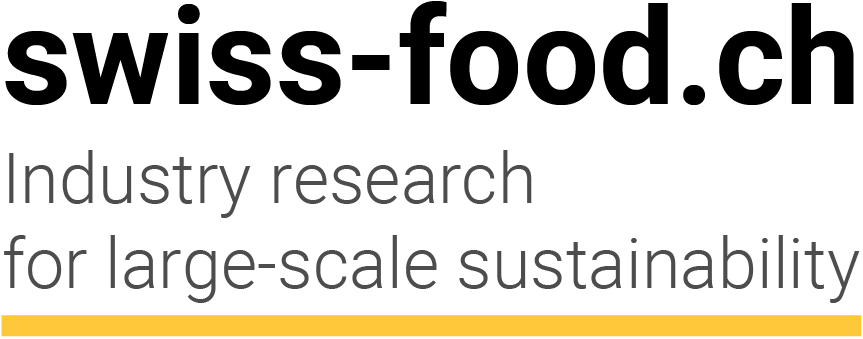
Using Crispr to combat climate change
In the Tages-Anzeiger newspaper, Nobel Prize winner Jennifer Doudna talks about the opportunities and risks of gene scissors. The tool can be used to specifically treat hereditary diseases, breed drought-tolerant plants and reduce greenhouse gas emis-sions from cows.
Monday, December 11, 2023
The Crispr/Cas9 gene scissors were invented in 2012. Eight years later, the two researchers Jennifer Doudna and Emmanuelle Charpentier were awarded the Nobel Prize for their work. Where does research stand today? In an interview with the Tages-Anzeiger newspaper, Doudna says: "Crispr is being used in laboratories all over the world, not only in the fields of health, agriculture, climate change and synthetic biology, but also in diagnostics to detect coronaviruses and other diseases."
Great progress is being made in medicine. Recently, the first gene therapy using Crispr was approved in both the UK and the USA. SRF reported on this. Genome editing can be used to combat sickle cell anaemia, explains Jennifer Doudna. The hereditary disease is insidious. It is one of the most common hereditary diseases in the USA. Around 100,000 people in the USA suffer from the disease. It mainly affects black people.
Patients develop a defective form of haemoglobin - the red blood cells become sickle-shaped and block the organs. The disease is very painful for those affected. Today, treatment requires frequent blood transfusions and usually leads to early death. With the gene scissors, a way has been found to help patients. The gene scissors are used in vivo: Cells in living humans are genetically modified "in real time". After the procedure, the red blood cells are able to produce healthy haemoglobin again.
As Jennifer Doudna says in an interview, the results are promising. This optimism is evidently shared by the regulatory authorities in the UK and the USA. The biotech company "Crispr Therapeutics", based in Switzerland, is behind the new therapy. Research is being conducted in the USA. The researcher rejects interventions in the human germline. In the treatment of safe cell anaemia, the change only affects the genes of the (so-called somatic) cells of the respective patient, i.e. the blood cells and not egg and sperm cells. They are therefore not passed on to the next generation.
As swiss-food has shown in an earlier article, genome editing also offers enormous opportunities in agriculture. In an article, we presented possible Crispr applications for Swiss agriculture. For example, pesticides can be saved. At present, gene scissors are not permitted for breeding resistant varieties. It falls under the genetic engineering moratorium. However, various products bred with the gene scissors are already on the market worldwide. Doudna mentions various new cultivars with consumer and health benefits, such as tomatoes with an increased content of vitamin D or gamma-aminobutyric acid (an essential neutrotransmitter to which various health-promoting effects are attributed) and rice with additional beta-carotene. However, things have also started to move in Switzerland. Parliament has instructed the Federal Council to authorise the use of gene scissors in future. This would be an important step for plant breeding.
Jennifer Doudna says in an interview with the Tages-Anzeiger: "I am particularly enthusiastic about plants that help farmers adapt to climate change by being more drought-tolerant and absorbing more carbon from the atmosphere. Crispr can help us combat climate change." There are also projects to support and improve animal health. And Doudna explains that researchers at the Innovative Genomics Institute are investigating whether Crispr can be used to change the microbiome in the stomachs of cows so that they emit less methane.
Sources
Kindly note:
We, a non-native editorial team value clear and faultless communication. At times we have to prioritize speed over perfection, utilizing tools, that are still learning.
We are deepL sorry for any observed stylistic or spelling errors.
Related articles
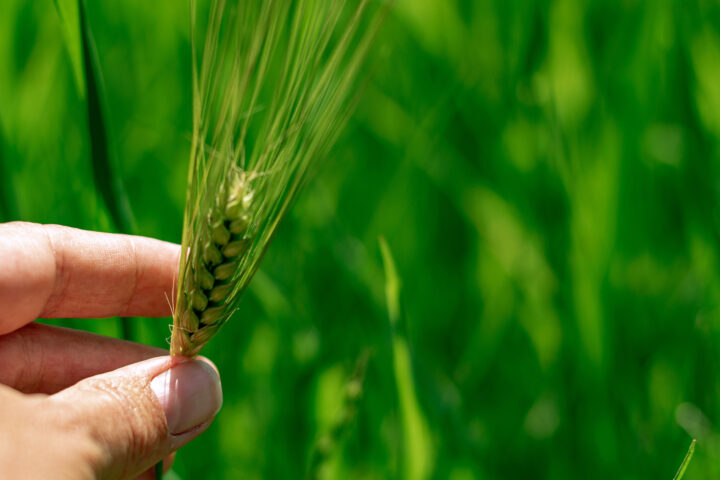
How German Experts View New Breeding Techniques
In hardly any other country is the idyllic image of organic farming cultivated in the public sphere as carefully as in Germany. Naturalness and rural authenticity are powerful mental refuges for many Germans. Against this backdrop, it is hardly surprising that resistance to new breeding techniques is strong – and that ignorance about the realities of organic farming sometimes appears almost deliberate.
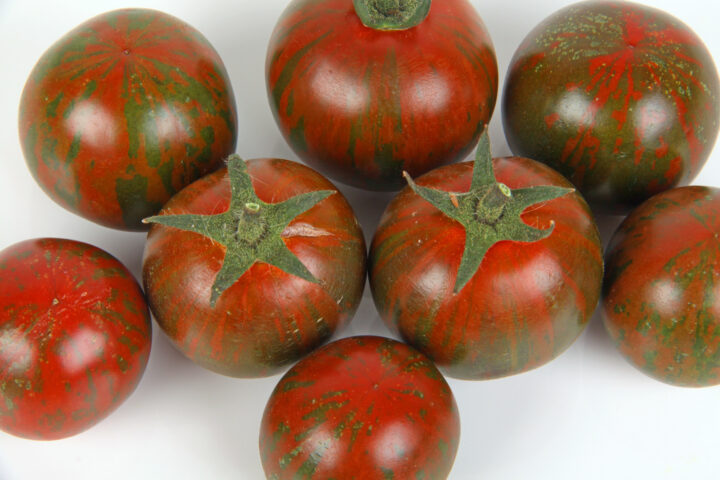
Why consumers accept gene-edited foods on their plates
Acceptance of gene-edited foods increases when the tangible benefits for consumers are easy to understand. A recent study by the Center for Food Integrity (CFI), conducted in collaboration with FMI – The Food Industry Association, shows that consumers evaluate technologies such as genome editing positively when they recognize clear advantages for health, the environment, or food security.
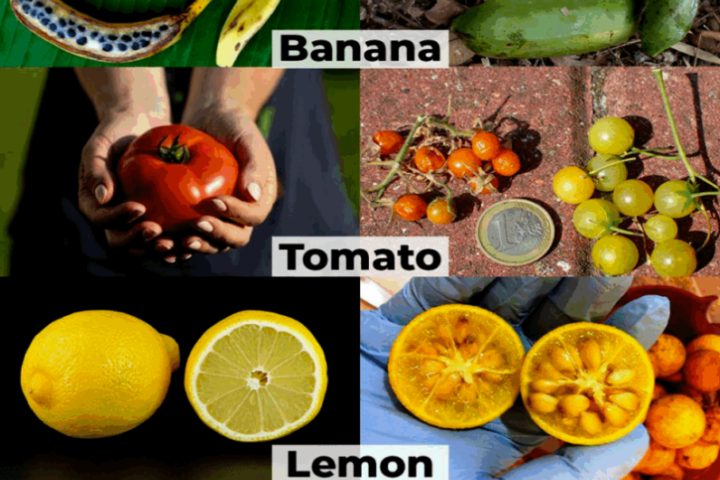
Beautiful and delicious mutants on your plate: The misunderstood world of crop improvement
When most of us hear the word mutation, the images that come to mind are not positive. We think of radioactive monsters, comic book villains, or genetic diseases like sickle-cell anemia. In popular culture, “mutants” are often synonymous with danger. Possibly the most famous are Marvel’s X-Men, who have enjoyed four big-screen incarnations and an enduring place among sci-fi movie aficionados.
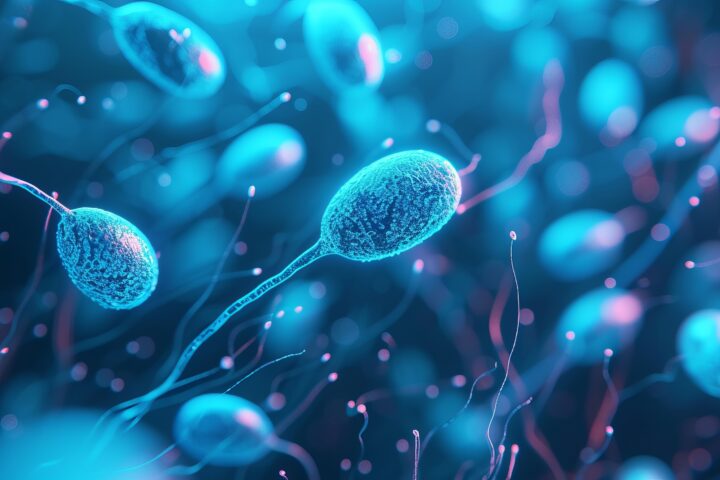
Sperm crisis with a question mark: what the Swiss study really shows – and what it does not
The state of Swiss semen appears worrying – unless you live slightly south of the city of Aarau. There, sperm quality among young men is reportedly the highest. The prime suspect is quickly identified: pesticides.

